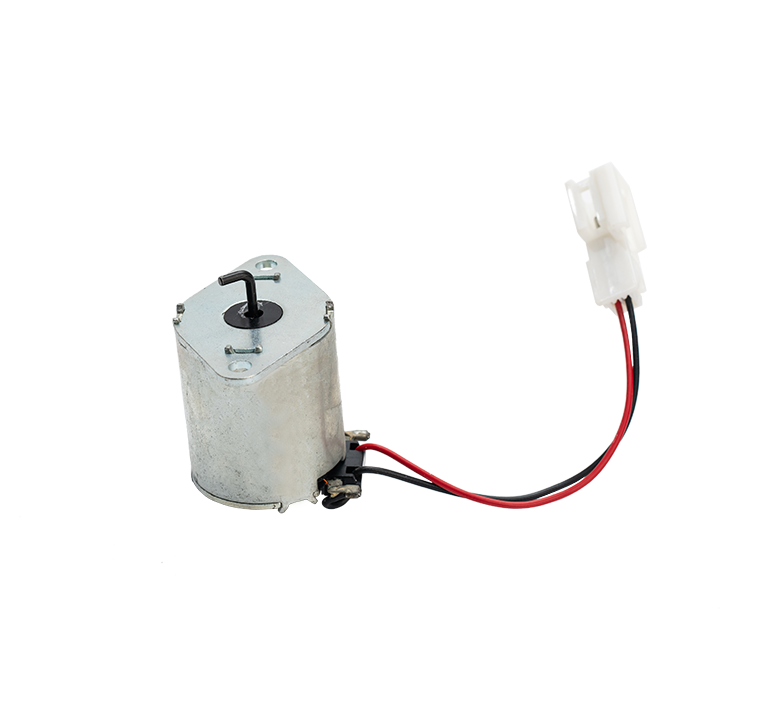The heating of the solenoid valve coil is a normal phenomenon, which is the inevitable result of the electromagnetic force generated after the solenoid valve is energized. The coil forms a magnetic field by energizing, attracting the valve core to complete the opening and closing of the valve. When current passes through the coil wire, the resistance generates Joule heat, which causes the temperature of the coil to rise. A well-designed solenoid valve coil can withstand a certain range of heat generation without affecting the normal operation of the valve. The coil temperature exceeding the rated value may be caused by voltage mismatch, coil short circuit, or high ambient temperature.

Long term overheating can accelerate the aging of coil insulation, reduce its service life, and even lead to coil burnout. To prevent overheating, measures such as segmented electrification, reducing rated voltage, or installing heat dissipation devices are often adopted. The coil material and insulation level directly affect the heat resistance performance, and selecting high-quality materials can effectively improve reliability. Environmental humidity and dust can also affect the heat dissipation effect of the coil. Regular cleaning and maintenance can help extend the lifespan of the coil. Understanding the heating characteristics of solenoid valve coils is helpful for scientific use and maintenance, avoiding equipment shutdown or safety hazards caused by coil failures.
